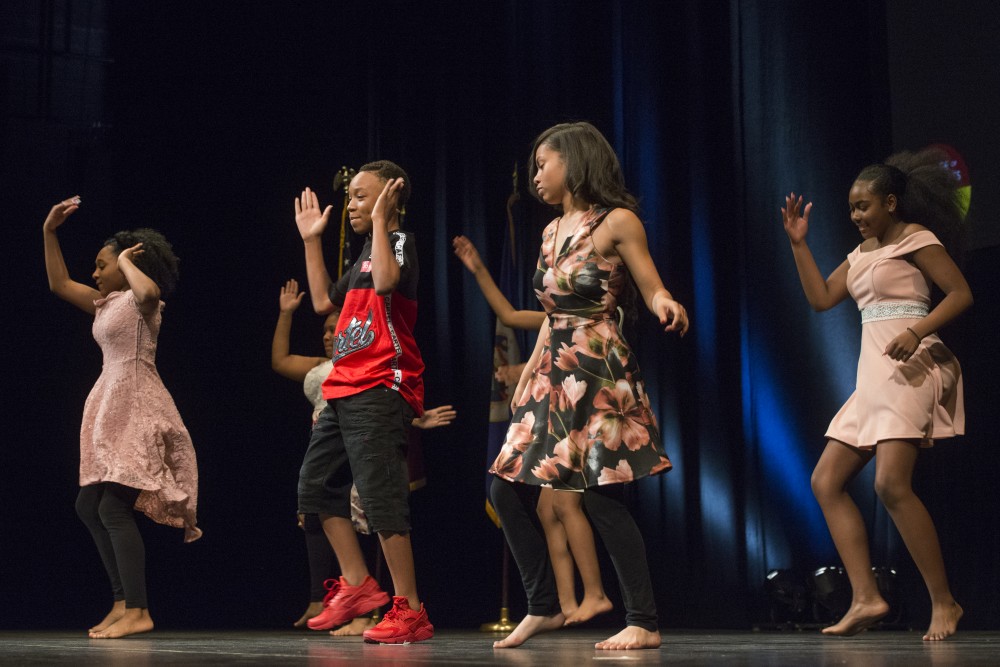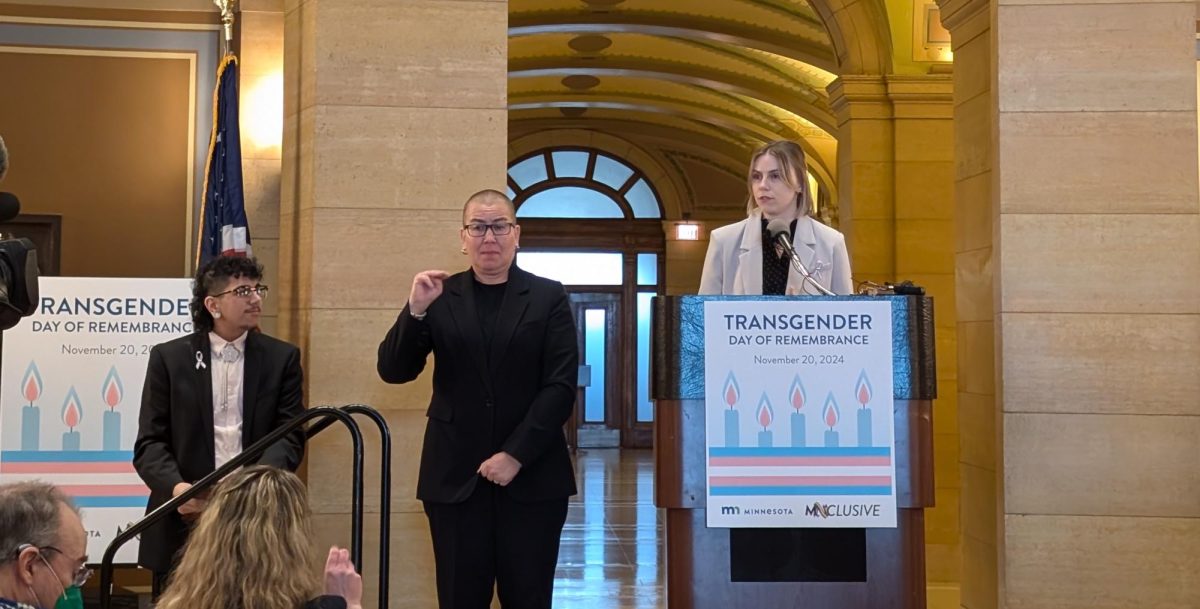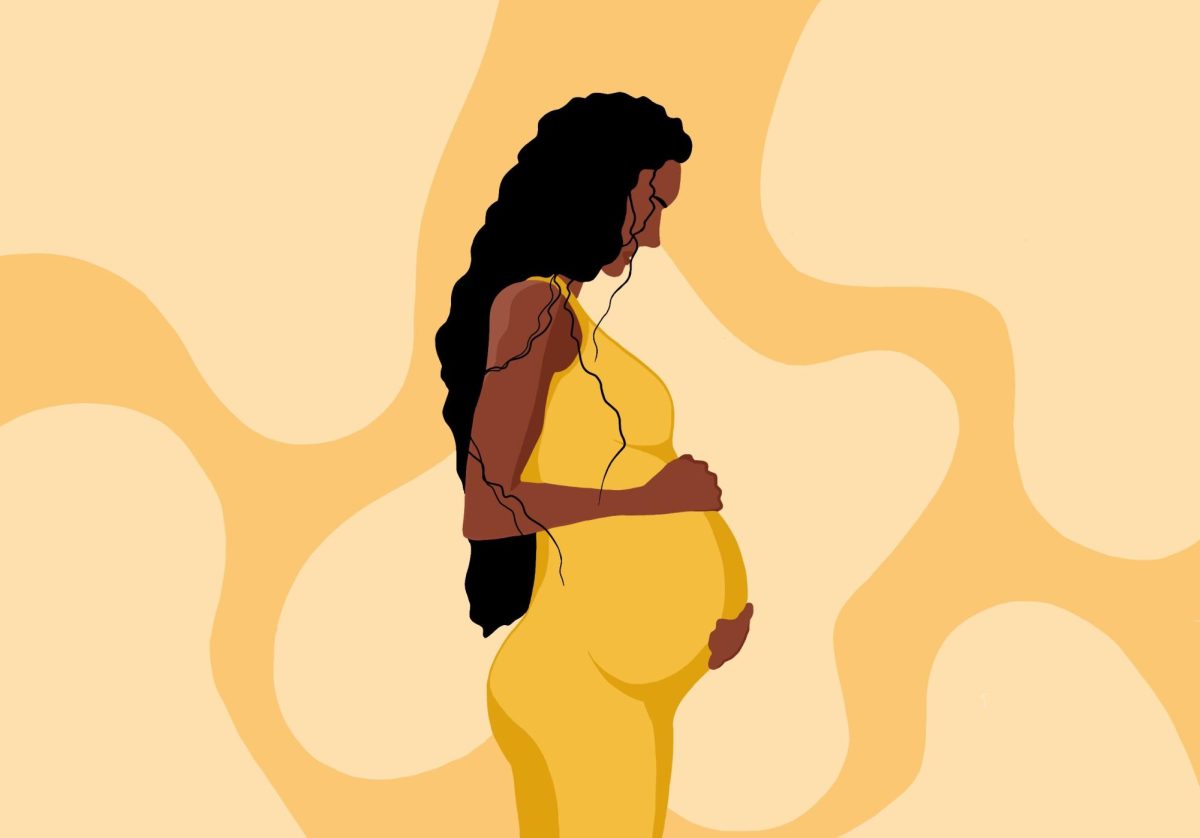One student fled Guatemala to avoid gang recruitment, another was told to take off their hijab and a third was perceived as a threat because of their skin color.
These are the experiences of some of the eighth grade students at Northeast Middle School who shared their stories at their graduation ceremony on June 7.
In their final months as middle schoolers, students at NEMS in Minneapolis created digital stories that highlighted their identities and desire to create social change with the help of University of Minnesota undergraduates.
The Minnesota Youth Story Squad, a program founded by University faculty members, aims to provide a platform for middle school students to share what makes each of them unique. Its goal is to inspire students to advocate for social justice and make a positive impact in their communities.
“We target middle schoolers particularly because there are so few programs for [them] and young teens. They have a lot to say … Middle school youth never have an opportunity to share what they know,” said Jigna Desai, program co-founder and professor of Gender, Women and Sexuality Studies and Asian American Studies at the University.
The initiative began two years ago, but the 2017-2018 school year was the first at NEMS. Many of the students at the school are of color and from low-income households, which is why the program partnered with the school, Desai said. This year, the middle schoolers created videos that tell their stories of endurance and presented them at their eighth grade graduation ceremony, which was held atNorthrop Auditorium.
The stories included accounts of living with diabetes, having a negative body-image and being afraid of expressing one’s Native American culture.
University undergraduates participated in the program’s internship. They visited the school once a week to mentor students and share their stories in hopes that it would encourage students to open up about their own experiences.
“It’s not just about the youth, but it’s about creating larger structural or institutional change,” Desai said.

Students became actively engaged in the program, despite it occurring in the last quarter of the school year, NEMS teacher Sean Baldwin said.
“This really bridged the gap between the academia, community and poverty,” Baldwin said.
Baldwin said he saw the students transitioning from media consumers to producers, and the effect the project had on students was noticeable.
During adolescence, teenagers are still developing their executive functions, said Ann Edgerton, director of the University’s Child Development Center. Executive functions are the skills that help people plan, focus attention and multitask, which Edgerton said are tools necessary to succeed in school.
Communication is key to a teenager’s success, and the Youth Story Squad tries to make students ready for high school and collegiate classrooms, Desai said.
“We think it’s really important that their stories are heard and that there’s an impact in the process of listening to others’ stories too because it makes you look at your … community differently,” she said.








